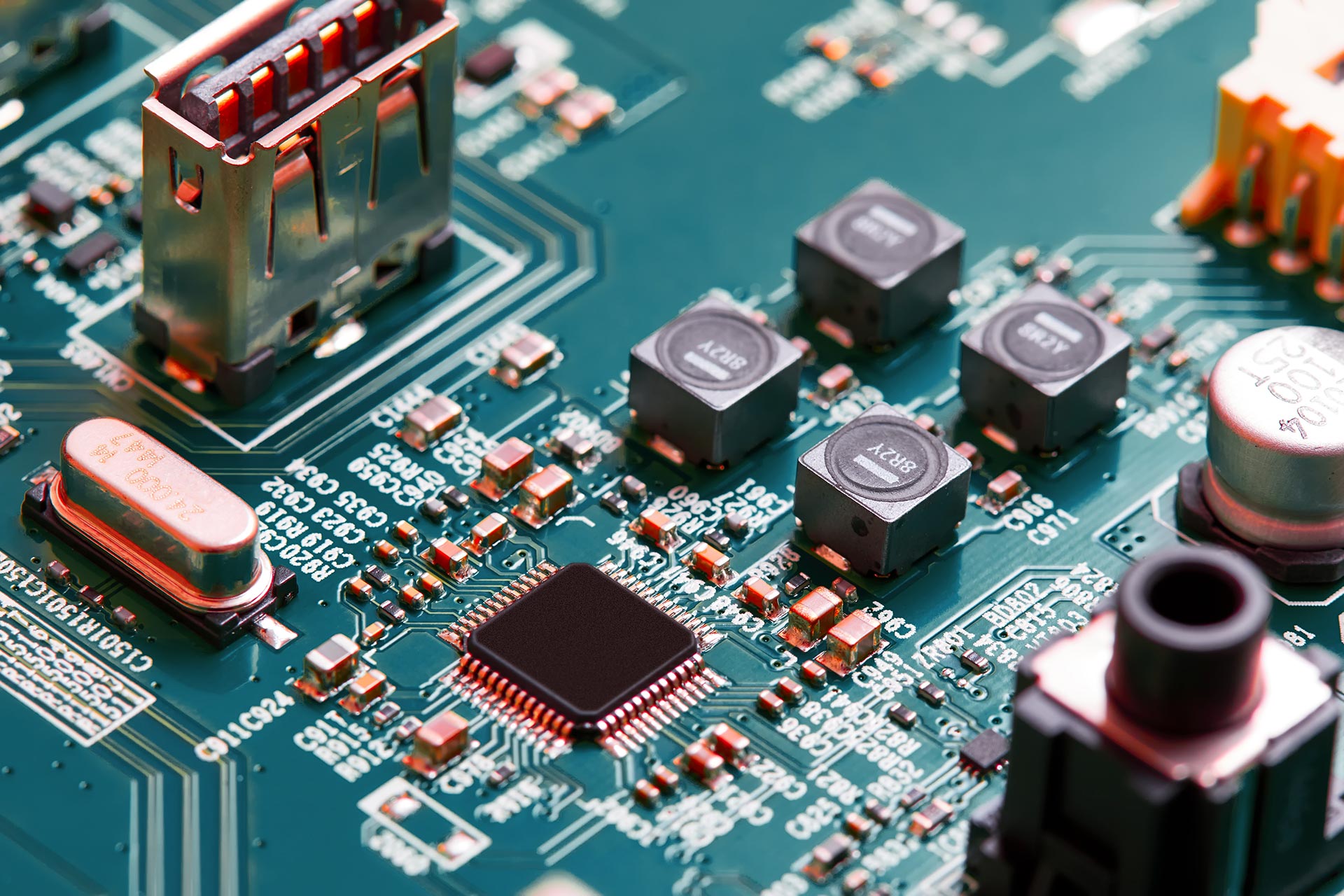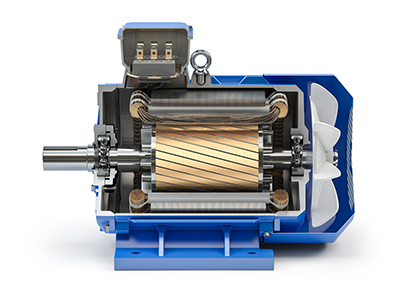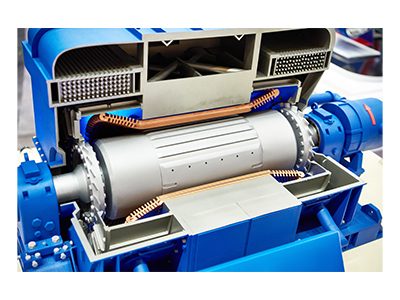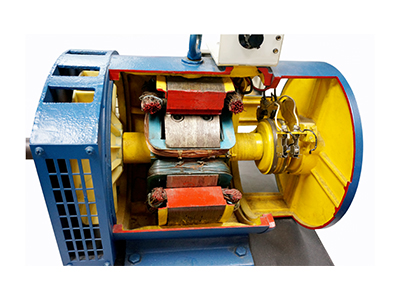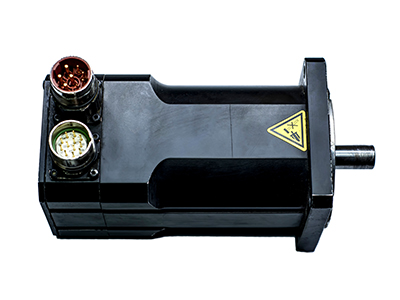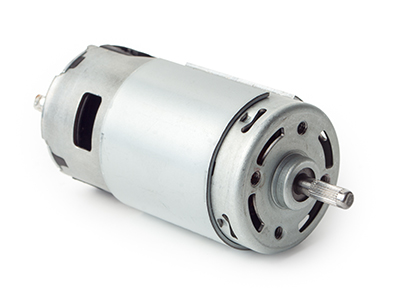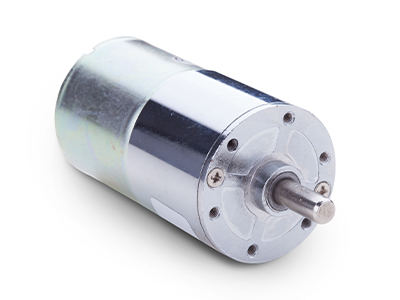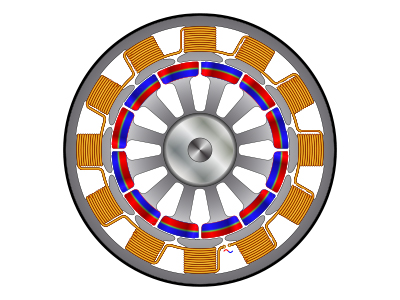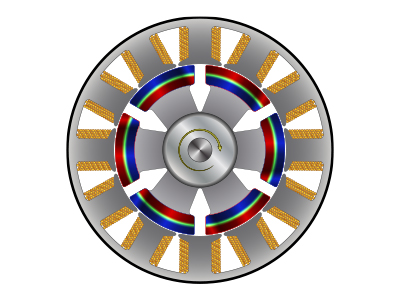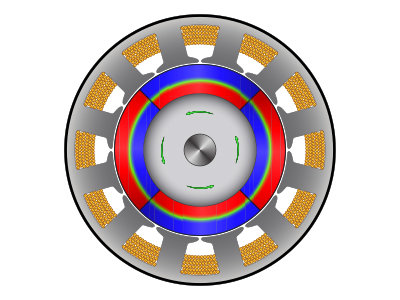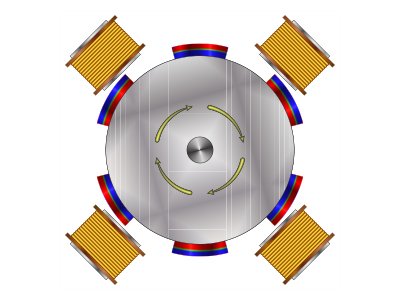Space Technologies
Rocket Propulsion Systems
Advancement in Rocket Propulsion Systems (RPS) technologies are enhancing the efficiency and safety of commercial and military space applications.
RPS generates thrust to espouse Rocket Propulsion by burning propellants (a mixture of fuel and oxidizer) within a combustion chamber.
These chemical reactions engenders hot gases which are then expelled through a nozzle at high velocity, pushing the rocket in the opposite direction.
Dansob have extensive technological experience in the following RPS configurations: Solid Propulsion, Liquid Propulsion, Hybrid Propulsion, Monopropellant and Nuclear fission thermal.
Effective recovery and reuse of Rocket Boosters and Space Launch Vehicles are engendering a viable market for commercial and military space applications. These are primarily driven by private investments in space technology innovations and engineering capabilities to attain space exploration efficiency and cost effectiveness.
Technological advancement in Rocket Motor designs and Power/Control Electronics Engineering solutions are making efficient and safe space explorations a reality.
Satellite Systems
For satellite communications and control, engineering solutions focuses on ensuring reliable, uninterrupted communication with ground stations. This involves designing advanced control systems that manage satellite orientation and communication payloads, such as antennas and transmitters. Modern satellites often employ AI-driven diagnostics and redundancy in control systems to adapt to any hardware failures or unexpected conditions in orbit. This emphasis on resilient, automated communication systems enhances a satellite’s ability to maintain stability and data integrity, crucial for both commercial and scientific space missions.
